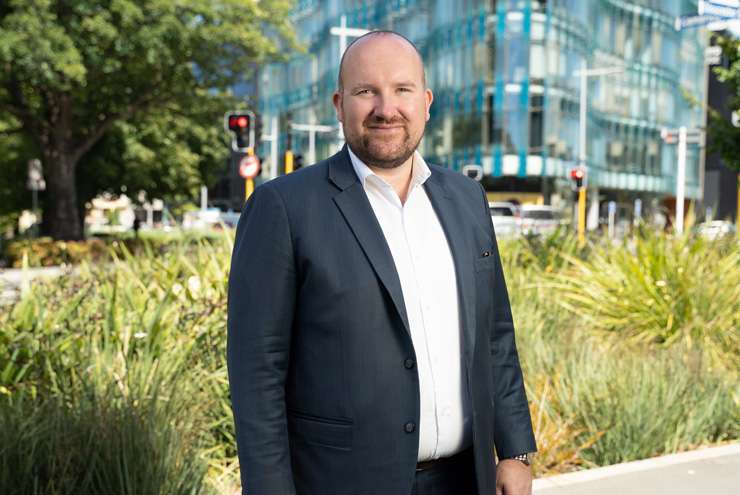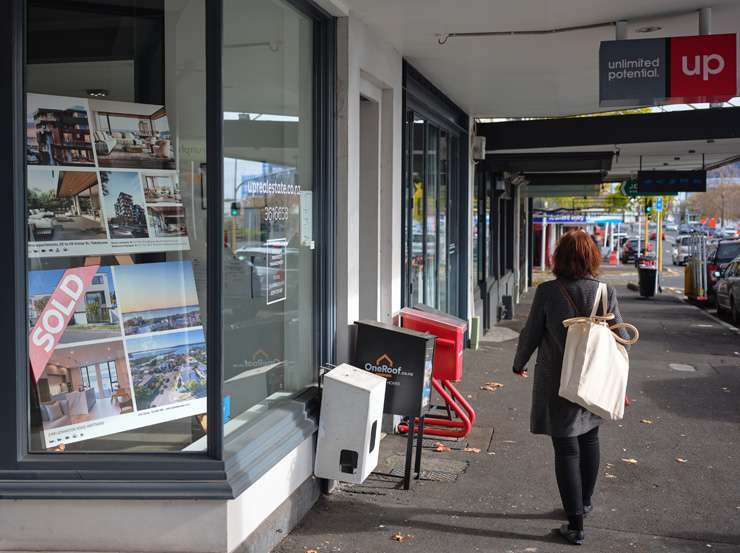Banks are offering thousands of dollars in cashbacks to first home buyers as the competition for new customers in a softening market starts to heat up.
In the last few months, banks have upped the level of cash they are offering to home loan applicants, with some people getting up to $20,000.
In March, Westpac started offering $5000 to people with a minimum 20% deposit who move their home loan to Westpac and take out a loan of $500,000 or more.
Last week, KiwiBank joined the party offering 1% of the new home loan as a cash contribution up to $10,000. The loan value has to be at least $300,000 with a minimum 20% equity.
Start your property search
But there are plenty of other – and in some cases better – offers to be had which aren’t necessarily advertised.
EasyStreet mortgage broker Gareth Veale said the level of cashbacks being offered had ramped up ever since Westpac launched its $5000 over $500,000 campaign in March.
While there was little, if any, negotiation around interest rates, bigger cashbacks were definitely on the table.
Whereas banks had previously offered around a minimum of 0.5% to 0.7% of the total home loan, it was now not unusual for them to offer 1% of the loan and not all the offers appeared to be capped at a certain amount.
One of Veale’s clients had been given $12,000 towards their $600,000 home loan, while another was gifted $15,000 on $1.5 million of borrowing. He was also aware of a $20,000 cashback given to a borrower.

EasyStreet mortgage broker Gareth Veale: “They are getting more competitive because there’s not a lot of business being written.” Photo / Supplied
Some banks are also offering significant cashbacks on loans for new builds, Veale said.
“I think they are getting more competitive because there’s not a lot of business being written.”
While cashbacks were nice, Veale said he would rather see banks reducing interest rates as that would better help those struggling at the moment.
Mortgage Managers mortgage adviser Stuart Wills said banks were using cashbacks as a promotional tool, and were paying more in cashbacks to those who met their criteria.
The criteria includes having a minimum 20% deposit and being an owner-occupier of the property. Some banks also require people to move all their banking to them and will have a tie-in period of at least three years.
Banks haven’t been offering as many incentives in the last two years while interest rates were low, but Wills expects this higher level of competition between banks to continue for the rest of this year.
“They are not necessarily going to fight on the interest rate, but they will fight on the cashback.”
Wills said people should always check the market to make sure the offer is competitive.
“It’s a nice thing to have, but it’s not the sole reason you go with a lender.”
He said people spend weeks or months looking for their house, which is their biggest asset, but race to their bank and within 15 or 20 minutes will have their mortgage.

The cashbacks are taking place against the backdrop of a declining housing market and rising interest rates. Photo / Ted Baghurst
“That’s their biggest liability and they haven’t even thought about whether they should have it with that bank or not. There’s just no thought that goes into the mortgage often – it’s like who can give it to me. That’s not the way you would do most things, but people tend to do it with finance.”
CoreLogic chief economist Kelvin Davidson said with about 60% of home loans needing to be refixed in the next year, the competition could heat up as people started shopping around for the cheapest rates or the best cashbacks.
“In a quieter market, a bank’s performance is going to have a lot to do with market share rather than just growing on the back of an increasing market. Part of getting market share will be about getting borrowers from elsewhere.”
Banks could do that by either lowering their interest rates or offering other forms of sweeteners such as cashbacks, he said.
“Cashbacks are effectively a form of rate wars. You are not actually lowering your advertised interest rate, but effectively you are.”
Davidson said the level of cashbacks offered went through phases. “It goes through phases where cashbacks are really high and then they slowly dwindle away and in a quiet market they come back again. So, we are probably of that stage in the cycle.”


















































































